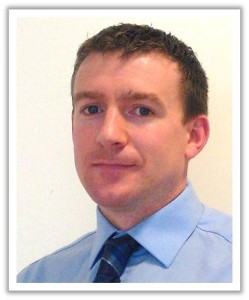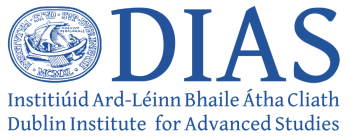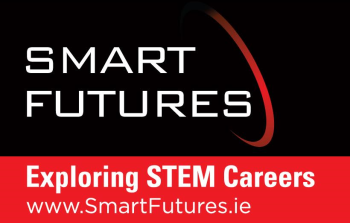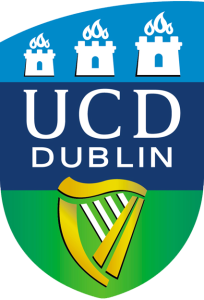Ken Fahy:
Nano Technology

Your name?
Kenneth Fahy
Your job title?
Vice President Product Management at SiriusXT
What are your main tasks / responsibilities working in nano-technology?
My colleagues and I at UCD School of Physics have recently formed a new company called SiriusXT. The company is based around ‘soft x-ray’ technology we have developed at UCD Physics over the past number of years. This technology allows the development of a compact soft x-ray microscope, which can uniquely image the 3D internal structure of a cell to a resolution of 30 nanometres (a nanometre is one thousand-millionth of a metre!) Such a microscope will be used by disease researchers, pharmaceutical companies, bio-technologists and clinicians to aid the understanding of disease pathways, protein-drug interactions and bio-engineering processes.
We use powerful lasers focused down to tiny spot sizes to blast a crater in a metal plate, creating a ‘plasma’. This process produces intense bursts of soft x-rays that must be delivered through the microscope using optical components of appropriate shape and quality.
My main role is the design of these optics using optical design software and ensuring they are manufactured to specification through rigorous testing in the lab. I also look at things like tolerancing – i.e. what would it mean to the overall performance of the microscope if a mirror or lens was adjusted in some way, through vibrations, surface deformations etc.
As the company evolves over the next 12 months and we build our first complete microscope, my role will become more focused on customer engagement, understanding their technical requirements and feeding this back to our product development team.
How do you use mathematics within your job?
I use mathematics mainly through optical modelling or in the analysis of large datasets. For example the analysis of diffractive optics uses ‘Fourier Transforms’ (Fourier Transforms decomposes or breaks up a function of time (a signal) into the frequencies that make it up)
In looking at the distribution of light rays at the focal plane of a lens or mirror I would typically be interested in integrating over regions of interest, or identifying the shape of a distribution (probability distributions), and curve fitting functions to a series of experimental data points.
What type of mathematics do you use to solve problems?
Mainly; statistical distributions, integration, differentiation, trigonometry, Fourier analysis.
What aspects of the mathematics curriculum or mathematics courses have proven most useful to you?
Calculus, Trigonometry & Statistics will be used for almost anything you do in Physics!
What is your education to date?
National Diploma in Physics & Instrumentation (GMIT, 1998)
BSc in Experimental Physics (NUIG, 2000)
PhD Atomic Spectroscopy (UCD, 2007)
What advice would you give to someone considering your job/career?
It is imperative that you ask questions! There is no such thing as a silly question. And don’t be afraid of experts and their jargon! With this in mind try to find out as much about your career choices as possible, to make sure it is for you. If you enjoy problem solving on a daily basis then Physics could be for you!
What do you find most interesting in your job and what do you find are the main challenges?
My career path has taken me from doing pure research in the lab to co-founding a company, which has been a very enjoyable and enlightening experience – but also very hard work!
It is very rewarding to see technology developed from its infancy towards a fully-fledged product. The work is very varied as each new day brings a new question to be answered, which is what makes it both interesting and challenging. Ensuring a regular pipeline of microscopes to satisfied customers will be the next challenge!





